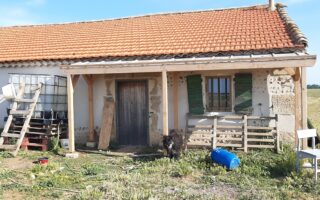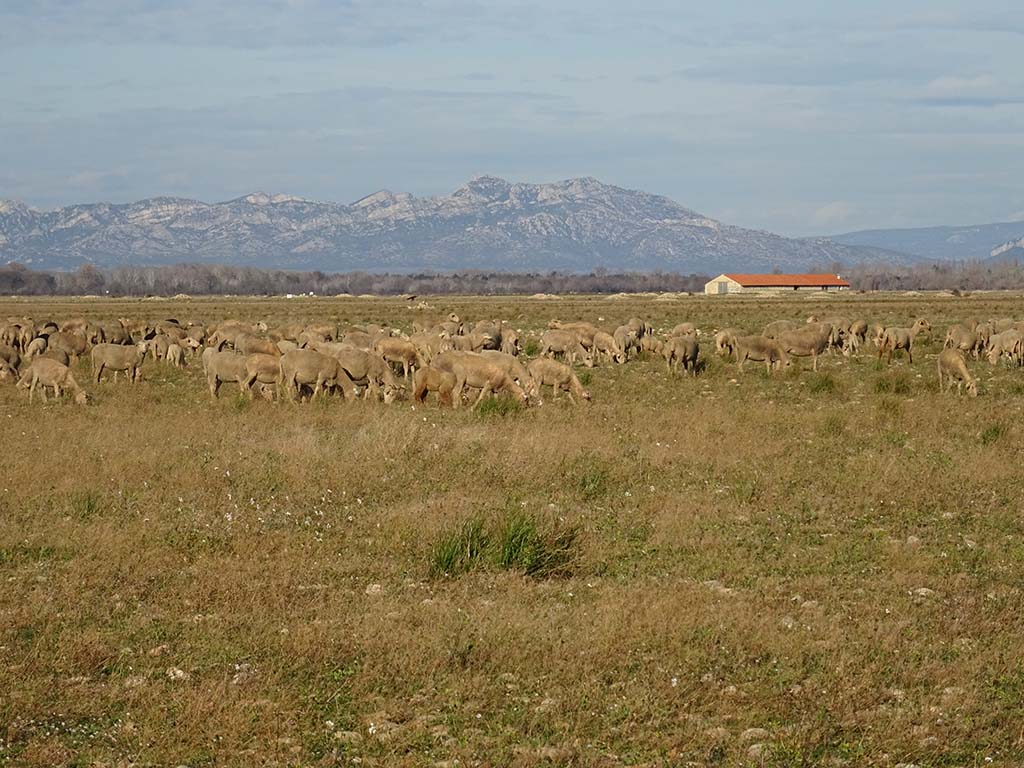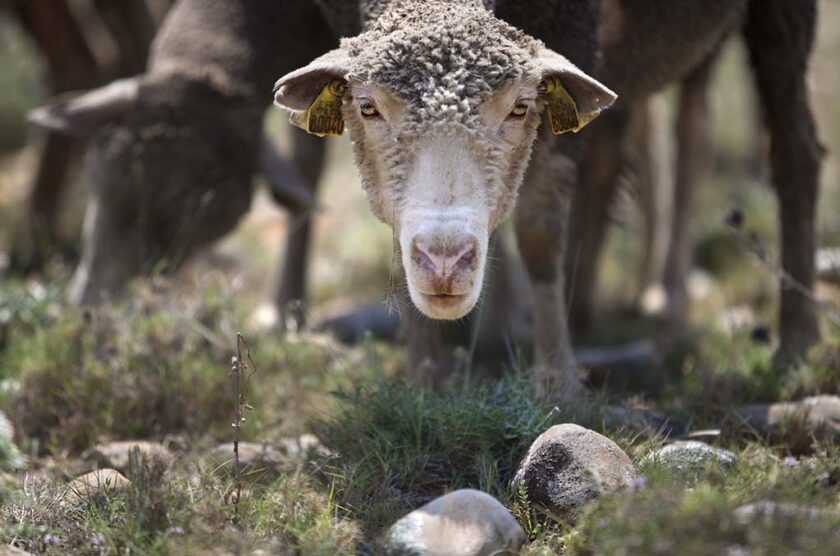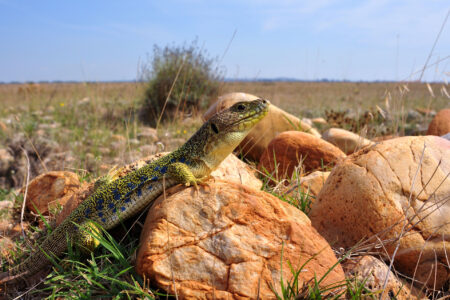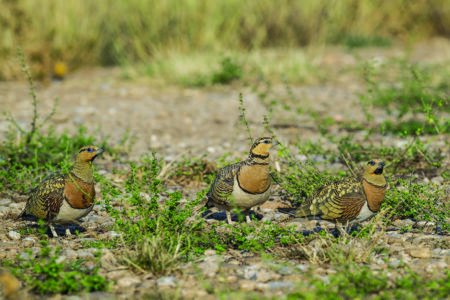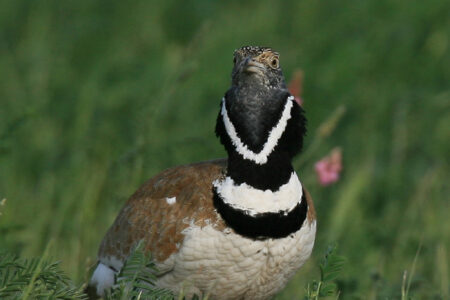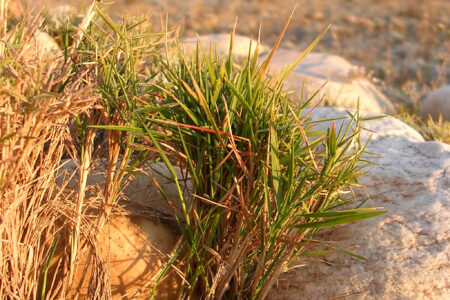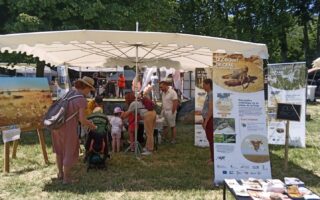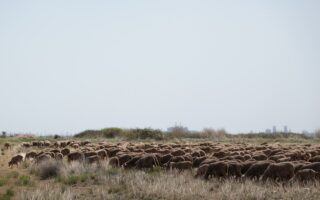A natural environment shaped by sheep for thousands of years
The coussoul has been used by sheep since Antiquity (and even the Neolithic period), as shown by the numerous remains of Roman sheepfolds. The 19th century saw the creation of the Mérinos d’Arles sheep race, reputed for the fineness of its wool, now bred for meat following the collapse of wool prices.
Today, the Crau remains the main area for transhumant sheep farming in Lower Provence: 160 breeders graze 100,000 ewes there. The coussoul is grazed mainly in winter and spring before the transhumance to the Alps. Over the centuries, extensive grazing has shaped the vegetation of the coussoul. It is therefore essential today to preserve the flora and fauna of this steppe.
